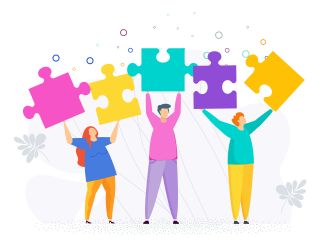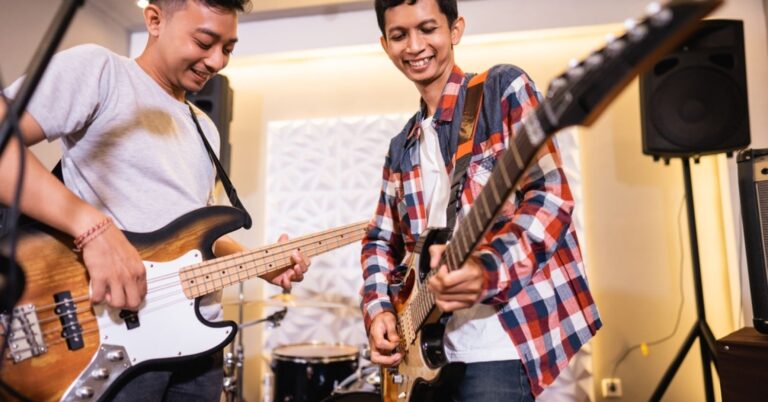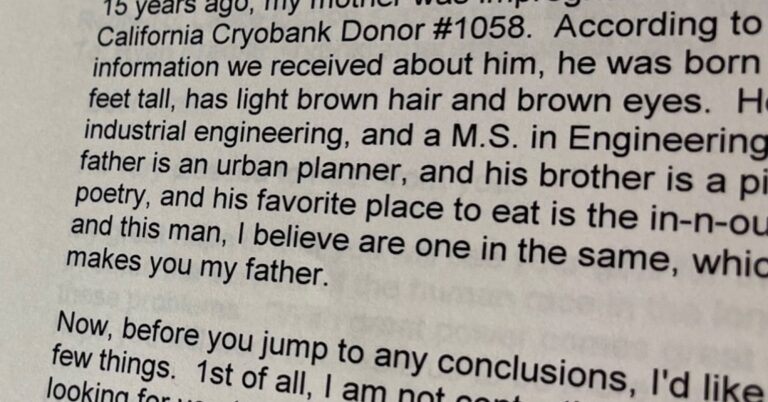Emotional attachment is a basic human need. It’s the experience of connection and affection you feel for people you’re close to.
What are some of the factors that lead some donor-conceived people to harbor strong feelings about knowing their unknown donor/genetic relatives, while others feel (and sometimes feign) indifference or insist that they’re just not curious at all? Why is it more difficult for some to explore these new relationships? Having parental support for this curiosity, including searching for/connecting with donor relatives, can make a huge difference in the experiences of donor-conceived people, and understanding attachment styles can offer additional and important insight and understanding.
Attachment Theory
The premise of attachment theory is that people are born with a need to establish bonds with parents/caregivers as children, and these early bonds (or lack thereof) continue to influence their attachments and relationships through childhood and adulthood. This theory can help to explain the diversity in how donor-conceived people acknowledge, share, and act upon their curiosities, including how they approach searching for and fostering new relationships with their donor relatives.
Attachment style can play a role in how open or fearful donor-conceived people are when exploring, initiating, creating, or maintaining relationships with new genetic relatives.1 Individuals with different attachment styles may approach the process from very different perspectives and comfort levels. Understanding one’s attachment style can help manage expectations and emotions and can shed light on the dynamics of newly formed relationships. This includes how individuals might establish bonds, trust, and communication with their newly discovered donor family members.
Secure Attachment Style

Source: quartadis@123rf
As donor-conceived young adults navigate the demands of identity formation, those who have developed secure internal working models of their parental relationship(s) will feel more comfortable with the process of positively integrating their donor-conception origin story into a coherent sense of identity. They’ll be more willing to not only engage in an independent exploration of what being donor-conceived means to their identity but also if and how their donor family relatives might fit into their definition of family.
Because securely attached individuals generally have a positive view of themselves and others, they’re likely to approach the search for donor relatives with a more excited, trusting, even-keeled, and open-minded perspective. They are also more likely to have parental support in these desires to know more about their ancestry and close biological relatives.
They may experience less anxiety and be more adaptable to all the potential outcomes of the search. A secure attachment style may allow for easier processing of feelings and emotions when considering making new connections, moving forward to establish new relationships, and dealing with disappointment.
As we familiarize ourself more with secure attachment, our relationships become easier and more rewarding—we’re less reactive, more receptive, more available for connection, healthier, and much more likely to bring out the securely attached tendencies in others. – Diane Poole Heller
Insecure Attachment Style
Insecure attachment is a relational pattern that can cause a person to feel insecure about their relationships with other people. When adults with insecure attachments look back on their childhood, they usually feel that someone reliable wasn’t always available to them. They may behave in anxious, ambivalent, or unpredictable ways and, therefore, have trouble developing meaningful adult relationships with others. Depending on the type of insecure attachment pattern they have, a person may have anxiety about losing the people they love, fear of being rejected, avoidance of close relationships, discomfort with intimacy and closeness in relationships, negative self-image or low self-esteem, suppression of emotions, dismissal of harmful events or experiences, or distrust for others.2
This attachment style may make it more difficult to acknowledge or express curiosity or give consideration to reaching out or responding to new genetic relatives. These donor-conceived people may feel that they can’t trust or depend on others, see the world as generally unsafe, and feel as though they’re not worthy of love. Individuals high in attachment anxiety might choose not to find/contact the donor in fear of disappointing their attachment figures (e.g., parents, including nonbiological, social parents) or appearing too “needy” to the donor.
Attachment Essential Reads
Studies
Research has looked at attachment among donor-conceived people. A 2016 study of donor-conceived adolescents found that those who were securely attached were more willing to engage in the sometimes challenging task of exploring donor conception. Those who demonstrated evidence of insecure attachment were more likely to show a preference for avoiding the topic of donor conception altogether, and those who demonstrated insecure dismissive attachment were least likely to express curiosity at all.3
Another study of 447 donor-conceived adults in 2018 examined whether individual differences in attachment relate to self-reported curiosity about one’s donor conception and a person’s choice to find or contact their donor. Interestingly, results indicated that participants high in attachment anxiety were more curious about their donor conception, albeit disengaged from it, and that insecure attachment, particularly attachment anxiety, may contribute to a person’s willingness to incorporate donor conception into his or her identity but not necessarily to act on it. The study also found that donor-conceived persons who were anxiously attached to their parents were more likely to exhibit curiosity about donor conception, potentially as a means of offsetting their unmet attachment needs. This suggests that greater attachment anxiety might lead individuals to exhibit curiosity about their donor-conceived identities. In doing so, they may seek out communicating with other donor-conceived people or acquire further information about donor conception as a way of managing their anxiety.4
Other Attachment Styles
- Anxious-preoccupied attachment: When children experience a lack of consistent emotional availability or responsiveness from their caregiver, they may develop an anxious-preoccupied attachment style. Consequently, the child learns to constantly seek reassurance and validation to feel secure in their relationships.Individuals with an anxious-preoccupied attachment style may be more emotionally invested in the search for donor relatives, and the search may trigger anxiety and concerns about rejection.
- Insecure-avoidant attachment: This type of attachment can lead people to try to avoid emotional connections with others. These people may struggle to enter into trusting relationships with donor family members. Close relationships can be challenging, as they trigger anxiety but are also the very thing that the person is seeking.
- Dismissive-avoidant attachment: This attachment style develops when caregivers have been emotionally distant or unresponsive. Those with a dismissive-avoidant attachment style may downplay the significance of the search or the emotional impact of the search, potentially avoiding emotional engagement.
- Fearful-avoidant attachment: Individuals with a fearful-avoidant attachment style may have experienced trauma or inconsistent caregiving. Fearfully attached individuals may oscillate between a desire for connection and fear of rejection. They may approach the search with ambivalence. The search can evoke conflicting emotions, and they may struggle with trust.
- Insecure-disorganized attachment: People with this style often long for close relationships but also fear trusting others and getting hurt. Adolescents who demonstrated evidence of disorganization, associated with negative psychological outcomes, were most likely to endorse negative feelings toward donor conception including anger, anxiety, and shame.3Donor-conceived people with higher levels of insecure-disorganized attachment to their mothers were more likely to perceive the donor more negatively.5

Source: normaals @123rf
Discovering information about one’s ancestry and close biological relatives can play a crucial role in shaping a person’s sense of self. A healthy sense of connectedness and independence can facilitate greater understanding, acceptance, and the ability to embrace one’s donor-origin story and make space for feelings of curiosity and exploration of donor family relatives. As donor-conceived people define the meaning of family for themselves and explore whether their donor relatives fit into that definition, understanding their specific attachment style can contribute to a more self-aware and informed approach to the search and guide them through interactions with new family members.



















+ There are no comments
Add yours